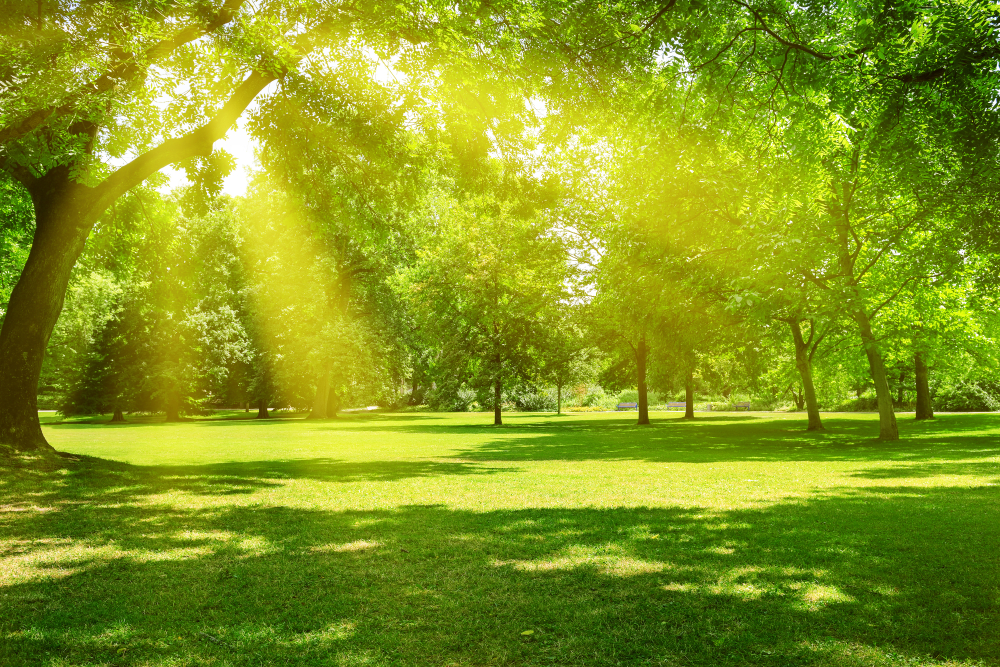In our urgency to address the threat of the COVID-19 pandemic in Oregon, many decisions have been made about what qualifies as essential for society and well-being. Over a month into the emergency, and with the 50th Earth Day, I reflect on the role of nature and the outdoors in our lives. How should we think about the rapid shift to indoor life and technology-focused and screen-based interactions precipitated by the need for physical distancing and shelter-in-place?
As a clinical and environmental psychologist who long studied the benefits of nature and the outdoors for mental health, I believe it is wise to think about our COVID-19 decisions about nature. Most were made in haste and them can easily become the new normal after the crisis passes.
What do our COVID-19 coping decisions say about unspoken values, what is being privileged and what is being left behind, what is essential? There are many ways to answer this question. I encourage you to consider what is important to you and to speak out. For me, I am concerned about an unspoken message in our reaction to COVID-19: that Nature isn’t essential.
Should Access to Nature be Considered Essential During our COVID-19 responses?
I would like to make the case that ability to access nature and the outdoors is essential for public health. By this I mean a spectrum of nature experiences: from activities in nearby nature, such as city parks and gardens, to adventuring in forests, seashores and wilderness areas. This access should be considered a basic right, not an option or a luxury. Our government and leaders need to create policies and practices to safely allow people to continue to get out into nearby and wild nature during an era of COVID-19.
There is a solid scientific research to back up the assertion that nature access is essential to mental and physical health. There is ample evidence of the ways that the members of the public, when given clear directions, have quickly adopted new behaviors to limit community infection for the novel coronavirus. And, we have traditionally controlled access to natural areas to protect them from excessive visitor impacts. We need a plan, now, for accessing nature as we move through successive waves of COVID-19.
Is Closing Parks a Good Idea for Public Health during COVID-19?
A look at the evidence suggests that keeping parks with large open areas available to the public is a net benefit to public health. There is a robust research literature on the benefits of nature and outdoor activities in promoting mental health. Outdoor activities relax our bodies and calm our minds, help us to regain focus and creativity, and give us perspective. As a botanist, public health expert and epidemiologist from Harvard University observed in the Washington Post, parks and public gardens are ideal for helping people cope with the stressors of COVID-19 and their closing should be a temporary, last-resort measure for disease control. They note: “The science could not be clearer: The benefits of getting outside vastly outweigh the risk of getting infected in a park.”
In Terms of Risk for COVID-19 Infection, is it Safe to be Outside?
Yes, and arguably safer than being indoors. As the New York Times summarizes: “Your chances of catching the virus when you go outdoors is extremely low, provided you’re keeping a safe distance from others.”… “ It is safe to go for a walk and jog and not to worry about the virus in the air, and there is no need for an immediate washing of the clothes.”
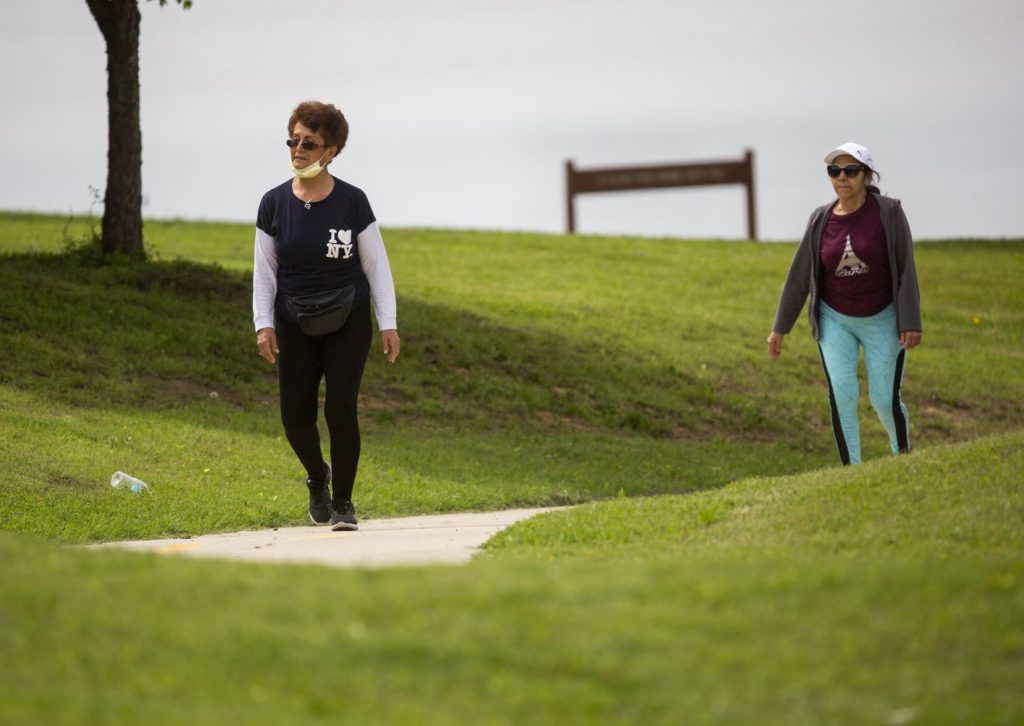
There is ample evidence that outside air is more heathy than inside air, and no evidence of significant outdoor spread of COVID-19 or any coronavirus. Infectious droplets are quickly diluted in outdoor air, dispersed by wind and degraded by sunlight and ultraviolet radiation. In fact, during earlier pandemics, placing medical patients outdoors greatly enhanced their recoveries and lessened spread to others. Open air hospitals were built and used during the 1918 influenza epidemic to good outcomes.
What about Running, Cycling and Hiking?
The risk from encountering sick runners or hikers in the outdoors is quite small. People suffering from COVID-19 symptoms are likely to be highly fatigued and unlikely to be doing vigorous outdoor exercise. Also, non-symptomatic individuals are less likely to cough or sneeze. Running, hiking or cycling solo or in small dispersed groups in an open area with good light and air flow is likely to bring more health benefits than issues.
Is Shaming of People that Congregate in Parks Helpful?
It is important to note that there has been little guidance or role modeling from park leaders about how to properly recreate and maintain social distance in parks. With some guidance, we can use our park resources safely. For example, with minimal guidance and oversight, people quickly adapted to limits on the maximum number of shoppers allowed in grocery stores and how to practice distance inside.
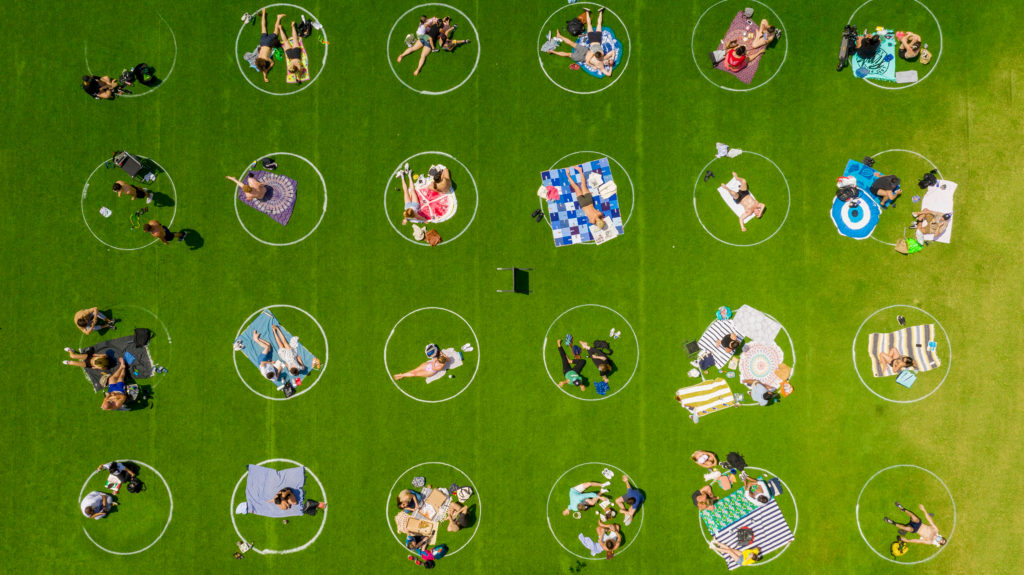
And in directing people from parks and green spaces, how do we avoid class issues? It is easier to shelter at home when one has a yard or garden or a pleasing house. What about the many people who live in cramped spaces with no access to greenery? We might see getting outdoors as a smart way to survive.
Getting Beyond Outdoor Closures
I know many outdoor leaders and groups rallied behind the idea of “stay home.” In the early days of the COVID-19 crisis, this may have been warranted. But, it is a poor long term strategy. When the gravity of the coronavirus became clear and the risks to our healthcare system from COVID-19 outbreaks were understood, governments and organizations had to scramble. Of necessity, many of our first actions were knee-jerk and ad hoc. To better stress the public health necessity of physical distancing to slow virus transmission, some outdoor closures made good sense. As crowds overwhelmed the few remaining open parks or trailheads, a more blanket level of closures made sense.
To be sure, there are poor behaviors on the part of the public regarding the use of parks, green spaces, and hiking areas that require better direction, education, role-modeling and oversight. As in other aspects of COVID-19 coping, the vast majority of citizens have supported public health measures and, when prompted, have willingly undertaken new behaviors for the public good.
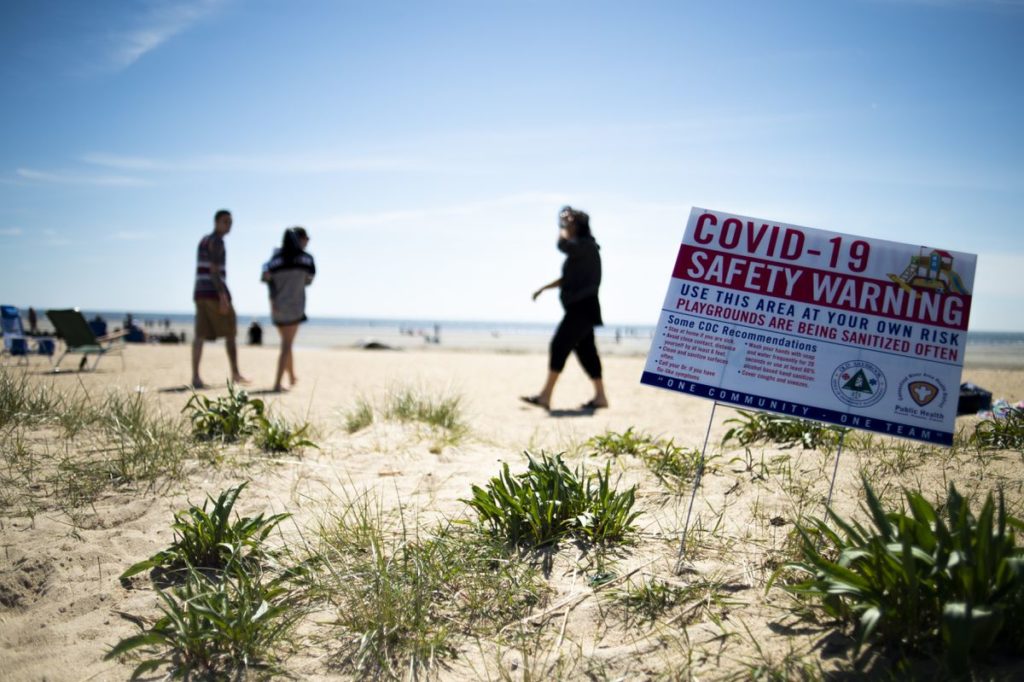
The public needs clear and simple guidelines about the health benefits of outdoor activities when restoring themselves in parks, public gardens and outdoor places. We should promote activities that are solo or done in small dispersed groups. Individuals should practice physical distancing and wear a facial covering when near others. Specific distances to keep, maximum group sizes, numbers of people allowed in certain areas—all of these should be spelled out. People who are ill or symptomatic should be discouraged from recreating in public areas. The CDC guidelines on visiting parks and recreational facilities provide a start
It has long been a practice to limit access to certain natural areas to avoid overcrowding or excessive impacts through use of quota systems, lotteries, passes, and reservations. Some open camping areas are “first come, first served,” etc. As with museums and other cultural sights, there can be timed entry to certain natural sites and locations. There is no reason we can’t utilize these techniques now, to limit attendance numbers and create social distancing, and have them in place for the time when physical distancing rules are loosened. This will avoid a stampede of people to certain areas.
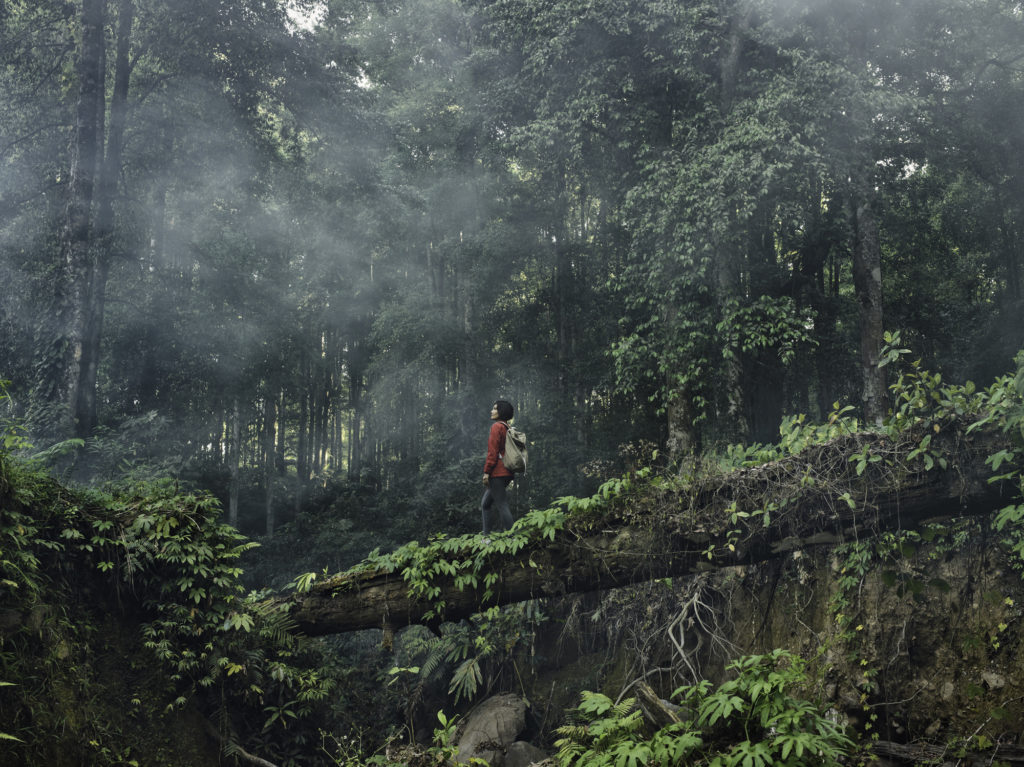
A Call to Make Nature Essential
Now is the time to rethink our decisions about parks and green spaces, our state and national parks, and our wilderness resources. Blanket closures and redirecting staff and resources from these public resources downplays the importance of nature for our public health and sets a dangerous precedent about what is important in our society.
We need more and not less focus (and funding) on natural areas, and their use and protection. As important and far reaching decisions about our society are being made during the COVID-19 crisis, this is an opportunity to highlight the importance of nature for mental health.
I have argued for local governments to have an office of “nature and mental health.” I believe access to healthy and safe outdoor experiences is a pillar and arguably the basis of public health. Our homes and shelters support our health. Hospitals are available for health issues. Technology, if used safely, can help. But, our relationship with nature comes first. I know I am not alone in this belief, and that this realization transcends class, culture and political affiliation.
I appreciate that nature and our planetary systems are a getting a needed respite from the impacts of industrialized society. Our response to COVID-19 reminds us of our need for wise leadership, effective governance, and respect for scientific expertise. We can build on effective pandemic responses and make them more humane and ecological by weaving access to outdoors and wild places into our coronavirus mitigation and recovery plans.
The problem is a lack of vision, not lack of solutions. If we need staff to monitor parks and guide the public, we should assign them. If we need more personnel we should mobilize them. If we need funds, we should make them available. If we need to increase budgets we should make this a priority. We can also mobilize volunteers to help monitor natural areas. (I would be happy to help, and I know many other citizens would too.)
The COVID-19 pandemic will have profound effects on our state and local economy and our general fund. If we do not mobilize strong support for preserving and strengthening of our system for nature access, including funding local state and national parks, outdoor and wilderness recreation areas—including staffing, education and infrastructure. These will easily become casualties of the budget cuts to come in Oregon and nationwide. I fear a hollowed out system in which Oregon’s premier outdoor recreation resources are a memory.
We can celebrate our connections and interbeing with nature, step lightly in our local green spaces and in our parks and wildlands, and practice effective, science-based coronavirus response. Access to nature is an essential component of public health and mental health and we need creative ways to make this available for all, during the COVID-19 era and for the future.
References
Thomas Doherty Video Series on Psychology and Nature: https://www.youtube.com/watch?v=4SivBaQbD4k
Hidden Curriculum on Wikipedia: https://en.wikipedia.org/wiki/Hidden_curriculum
William Friedman, Joseph G. Allen and Marc Lipsitch (April 13, 2020). Keep parks open. The benefits of fresh air outweigh the risks of infection. Washington Post.
Tara Parker-Pope (April 17, 2020) Is the Virus on My Clothes? My Shoes? My Hair? My Newspaper? New York Times.
Cliff Mass (April 18, 2020) Why Outside Air is Safe and Park Closures Should End
Eric Niiler (April 14, 2020). Are Running or Cycling Actually Risks for Spreading Covid-19? Wired.
CDC Guidelines on Visiting Parks and Recreational Facilities: https://www.cdc.gov/coronavirus/2019-ncov/daily-life-coping/visitors.html
Thomas Doherty – Nature and Mental Health in the 21st Century: https://www.youtube.com/watch?v=1BvdDlUJ27E

